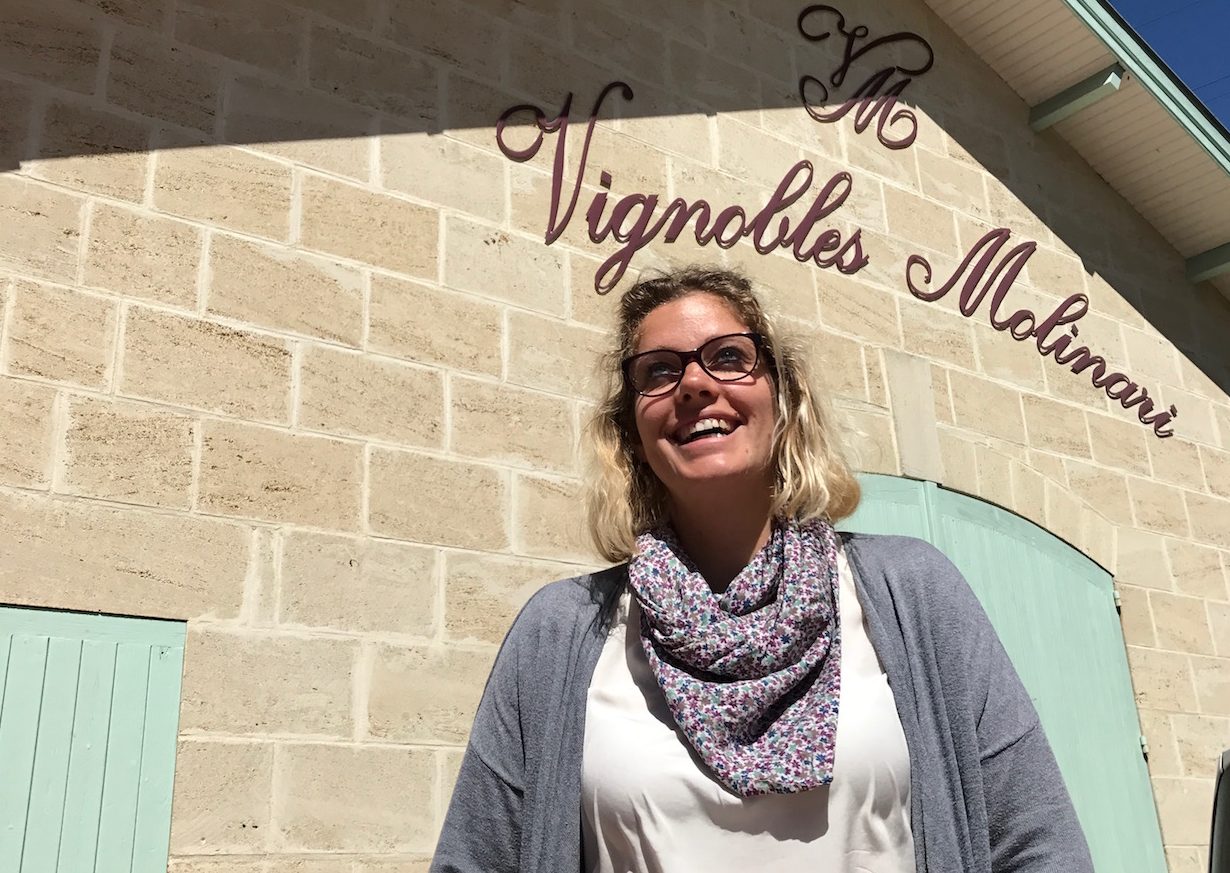Changing, more contemporary wine styles, unexpected varietals, a new order of younger winemakers, more women in the driving seat ..… welcome to Bordeaux’s new generation of winemakers – all in a city that has been transformed beyond recognition.
The first time I ever went to Bordeaux I ate at McDonald’s. Sad but true. I don’t make a habit of eating there but, I kid you not, 30 years ago in August there was literally nowhere to eat. The place was like a ghost town with everyone seemingly at the beach – which is probably exactly where they were.
Nothing to do in Bordeaux city centre….obviously.
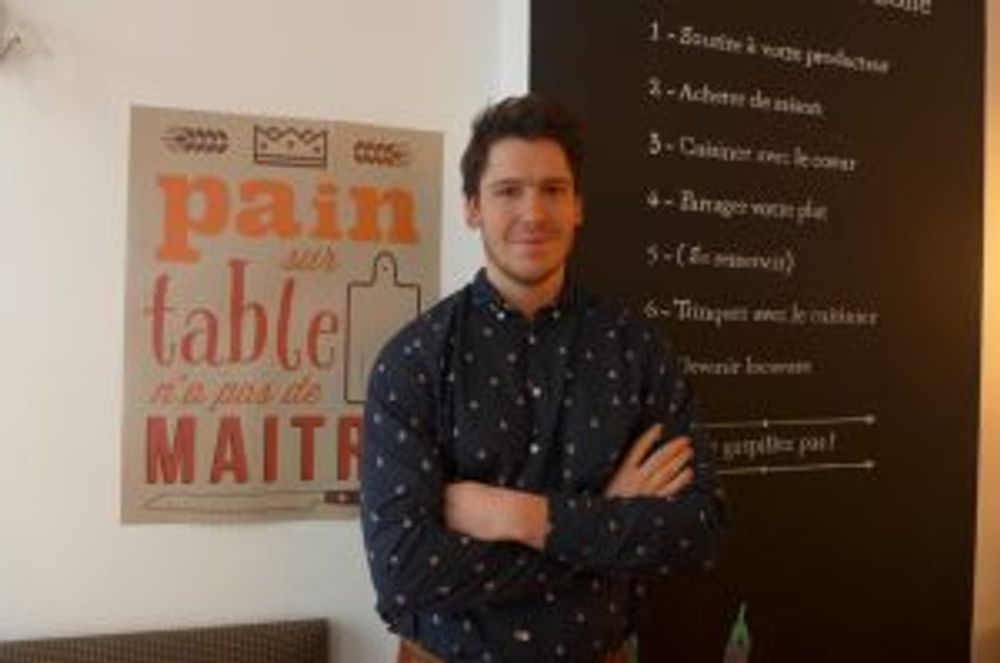
Belle Campagne – a new style of contemporary cuisine
Fast forward 30 years and the heavily-tattooed maître d of Belle Campagne is talking me through the melange-of-carrot tasting dish in front of me while suggesting a skin contact white from Bergerac to go with it.
Everything in the restaurant is written in Gascon and everything on the menu has a provenance within a 100k radius of Bordeaux city centre. It is contemporary cuisine that I am used to in London but you have to search for in France, especially outside Paris.
In fact, as part of its charm offensive to get younger wine drinkers to understand Bordeaux better the local wine board Conseil Interprofessionnel du Vin de Bordeaux (CIVB) has an ambassador scheme running to get new French cuisine restaurants throughout the country on board and up to speed with what’s happening in the region.
The message quite clearly is that things have recently changed in Bordeaux – quite dramatically so – and a re-evaluation of the region is in order.
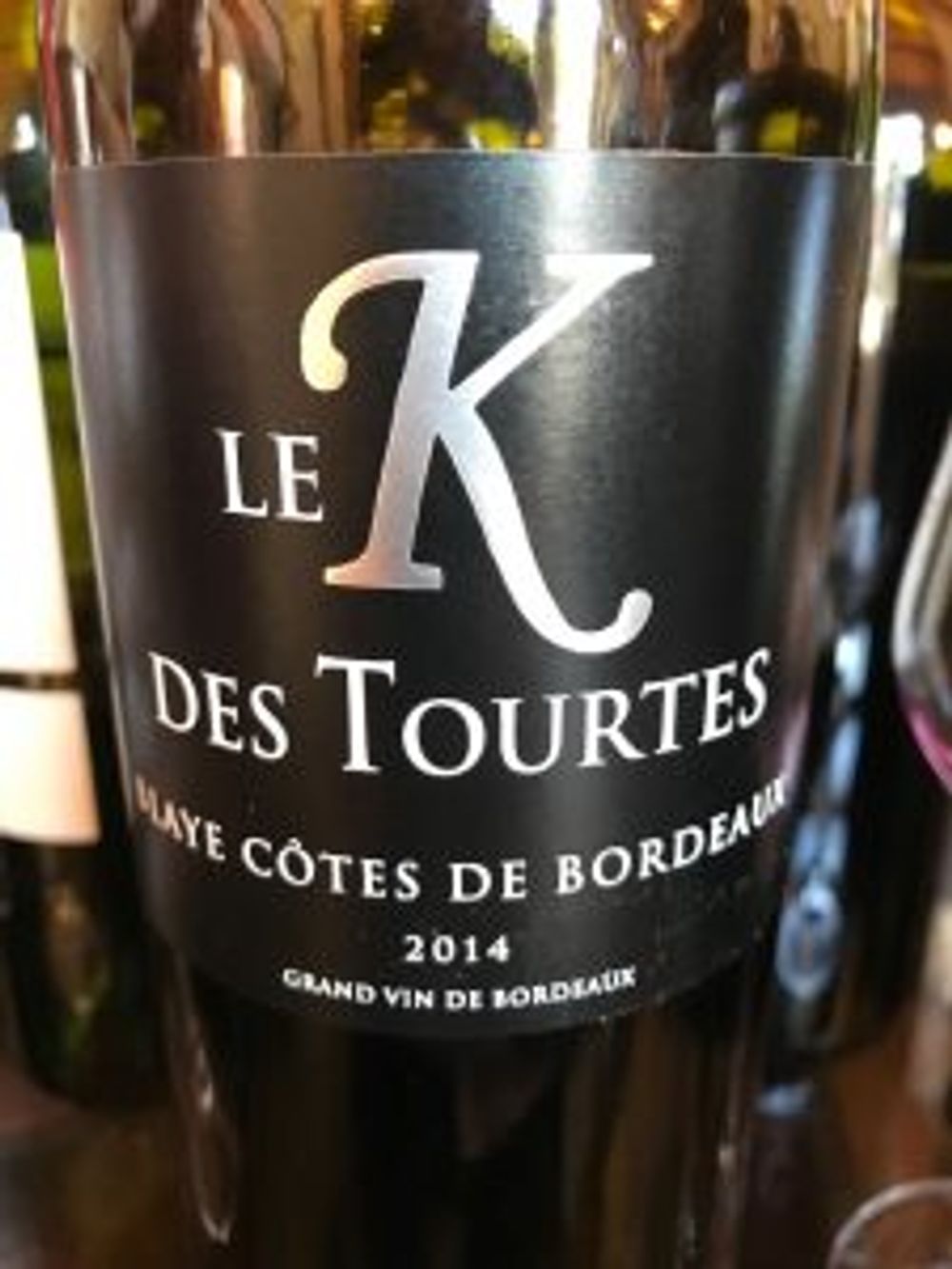
100% Carménère from Château Les Tourtes
On my visit there in April I tasted some stunning wines that would have fooled many palates in a blind tasting: a 100% Carménère, a dry Sémillon from 100 year-old vines, crispy precise Sauvignon Blanc, Graves whites with a real cutting edge, two 100% Petit Verdots made both by a small indie and a large cooperative, two wines from completely new varietals and wines that had a freshness and crunchiness that I wouldn’t normally associate with the region.
The problem with Bordeaux wine is that for too long things stayed the same and now that things are changing it is saddled with an out-dated perception, for which the Bordelais have to take some responsibility.
Bordeaux has always seen itself as somewhere pretty special – a winemaking region set apart from the rest of France and the world itself, with a unique set of rules of how they engage with the wine trade. The leading chateaux, the importance of en primeur and the spin that has accompanied almost every campaign (just prior to release of prices) have created a backlash.
Couple this with a new generation of wine-lovers discovering different, international wine regions and shying away from the woody tannins of the young Bordeaux that they can actually afford and you see how this perception has been compounded.
If a new generation of wine drinker hasn’t had their Bordeaux epiphany yet, it’s unlikely they will from the £10 supermarket shelf.
Some radical changes in winemaking style
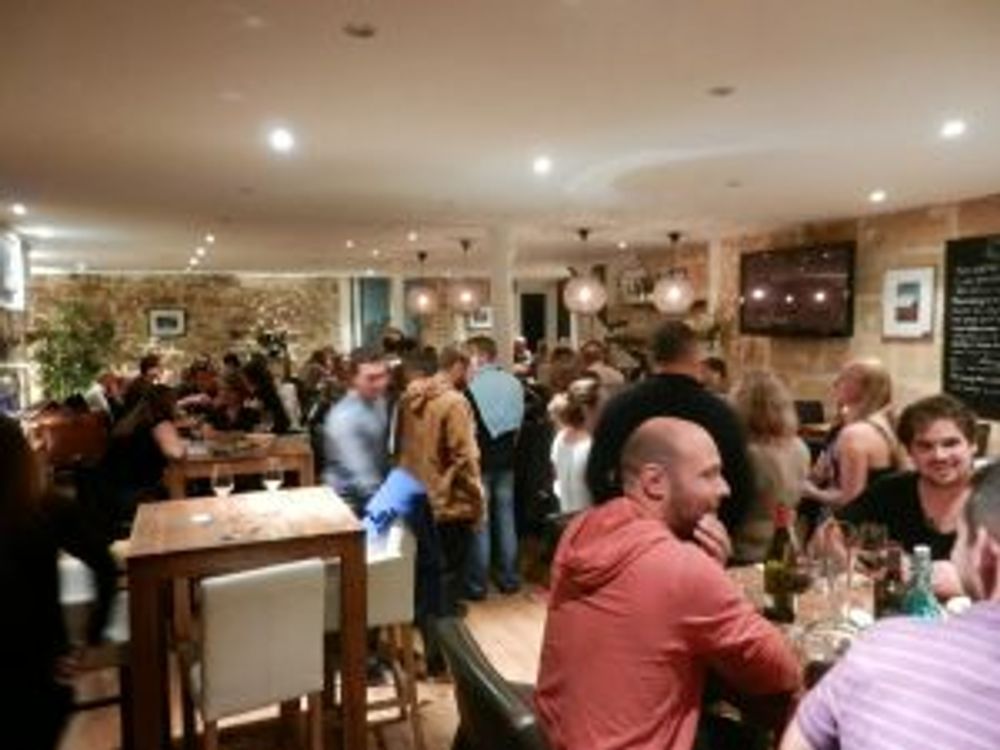
A large proportion of the 500-strong list at Aux 4 Coins Du Vin is non-Bordeaux wines
For those in the wine trade who love Bordeaux like I do, despite some of its faults, it is nothing new to speak of the many hidden gems of winemaking that sit outside the main thoroughfare – it is a massive wine region after all.
I think of the zippy, contemporary texture of young Clairet, the glorious dry white wines from Pessac-Leognan and the many times you try a wine that is neither in classic Right nor Left Bank territory that makes you go ‘Wow! That’s delicious’.
What is changing is that these examples are becoming more regular and easier to find.
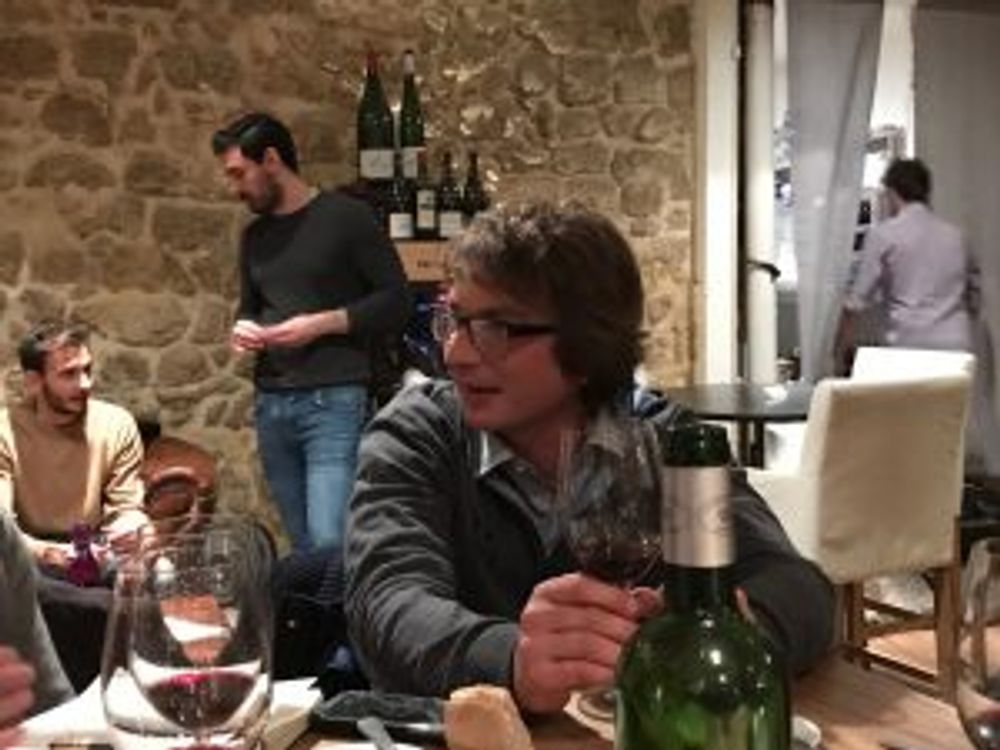
Nicolas Prince of 2 hectare estate Château Clos des Prince
Sitting in one of the city’s top wine bars, the Aux 4 Coins Du Vin, we meet a group of young winemakers who have formed an association called Arômes de Jeunesse.
The group has only recently been set up and now numbers 12 winemakers who meet regularly to share winemaking knowledge and the cost of marketing budgets for tastings and the like.
Arômes de Jeunesse is standing up against the old order and making wines in a different style, influenced by what they have experienced on their travels, and their knowledge of international wine markets. Nicolas Prince is making an outstanding St Emilion, Château Clos des Princes, in his two hectare single vineyard that tastes exactly like what you might expect a St Emilion to taste like but fresher and more hand-crafted. The fruit is hand-picked and he is using cement for fermentation.
Given the size of Bordeaux, Arômes de Jeunesse isn’t a regional movement as such but it is still part of a significant and healthy change with wines being made by younger winemakers in a more contemporary style.
Having been the one major winemaking region that has always refrained from using stems in vinification, even that is changing now with Château Carmes Haut-Brion, for example, having almost half of its crop vinified with its stems to bring salinity and freshness to the wine.
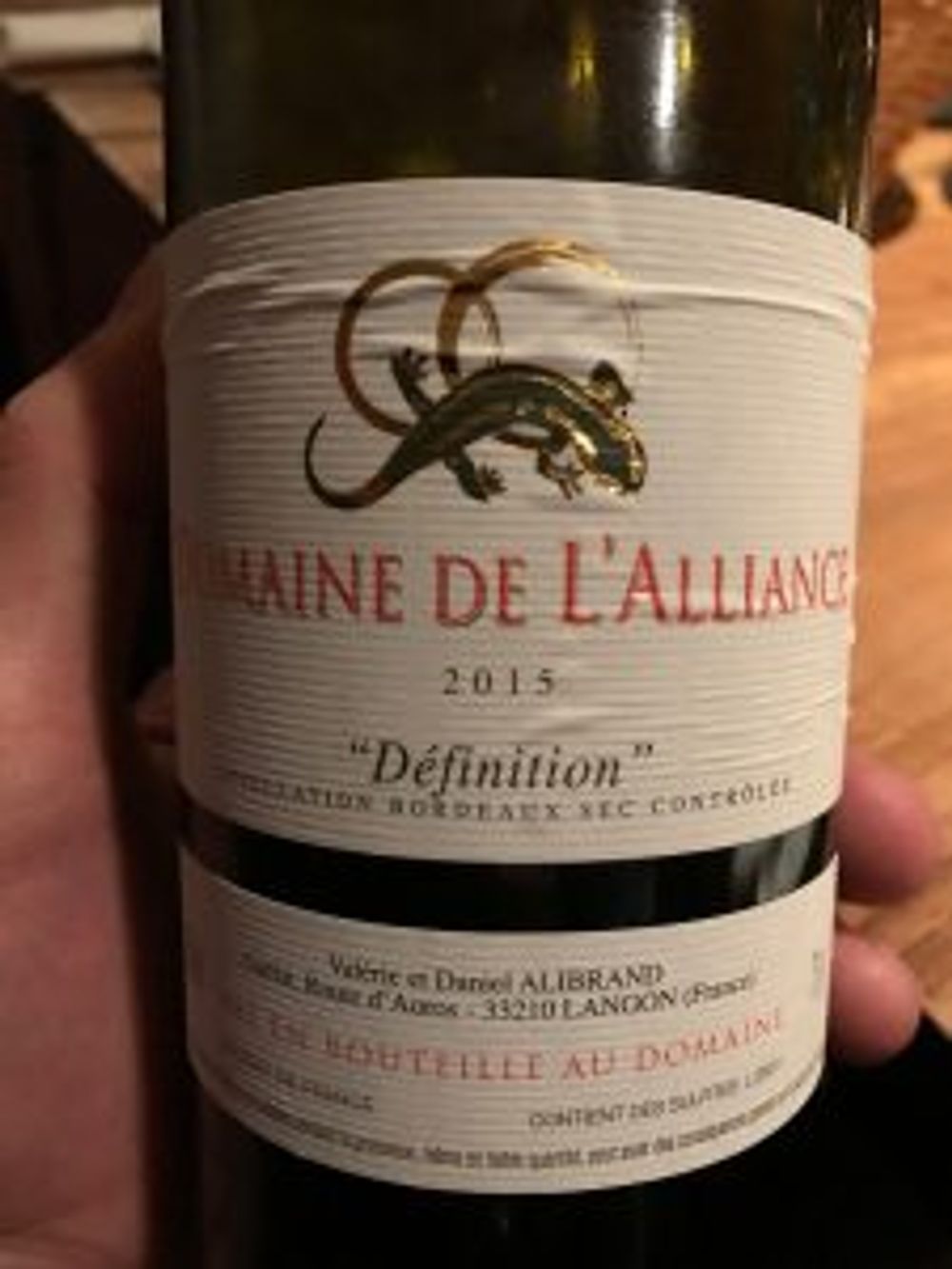
It is not just young winemakers but new winemakers that are making changes. Valerie and Daniel Alibrand started making wine at Domaine de L’Alliance just 12 years ago with their seven hectare estate near Fargues. He used to be an Atlantic fisherman and the estate was his first foray into wine – their approach is not only refreshingly different but can be tasted in the wines themselves.
One of these is a stunning Bordeaux dry white blend called ‘Definition’ that the manager of Aux 4 Coins Du Vin insists we try and is one of my wines of the visit.
The texture in the wine comes from the old vines that the Alibrands bought with the property. It is probably the best Bordeaux blanc I can remember.
The property’s sweet wines are also getting a lot of attention but, again, one thing that marks out their new approach is that when grapes or wines are, for whatever reason, not fitting into an appellation pigeonhole they simply make a new wine out of it – bucking classification for making something truly original.
Charlotte Molinari – one of a rising number of female winemakers
Another change is the growing number of female winemakers.
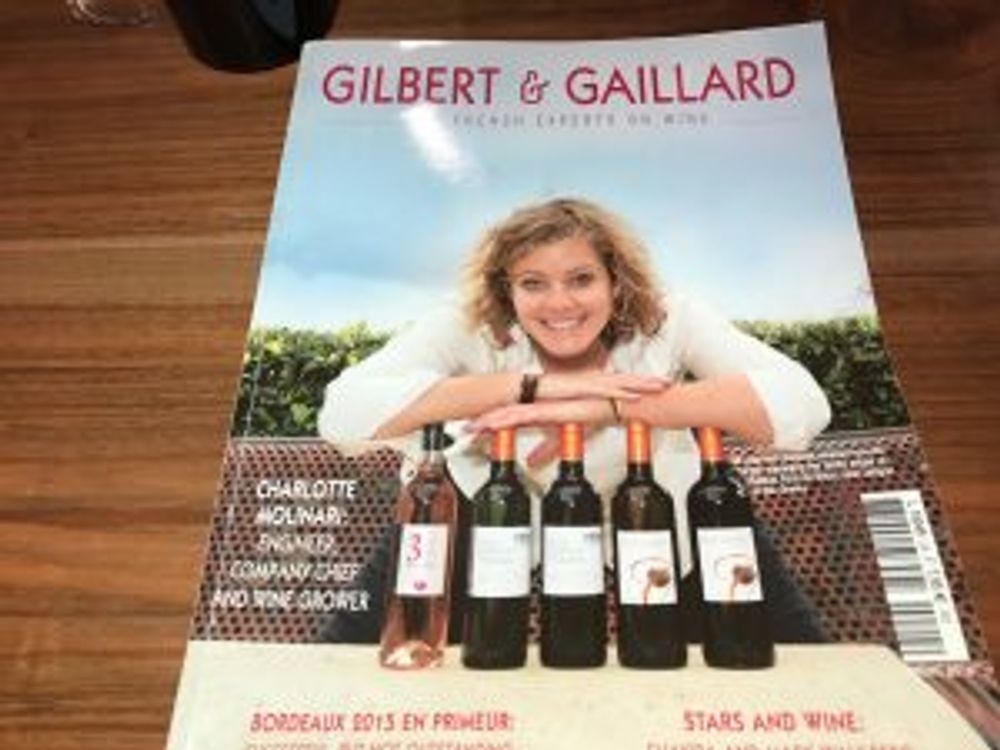
Charlotte Molinari is already on the radar as a name to watch
In Graves I visited Charlotte Molinari at Château Pont de Brion whose Rosé was my top choice of a tasting of Bordeaux Rosé two years ago. Molinari is already being picked up by the French wine press for being a name to watch by making expressive, textured wines that really speak of her location – making a virtue if you will of not being in some of the better know appellations.
They are not only wines made in a contemporary style but at a price point where a new generation of wine-lovers will be able to discover them.
Molinari talked about having to deal with a ‘wall of men’ in the wine business. When she took over her father’s winery Château Pont de Brion, she also described how when she tried to buy her first tractor she was refused on the grounds of her sex. Her father got involved and they then bought one from another supplier.
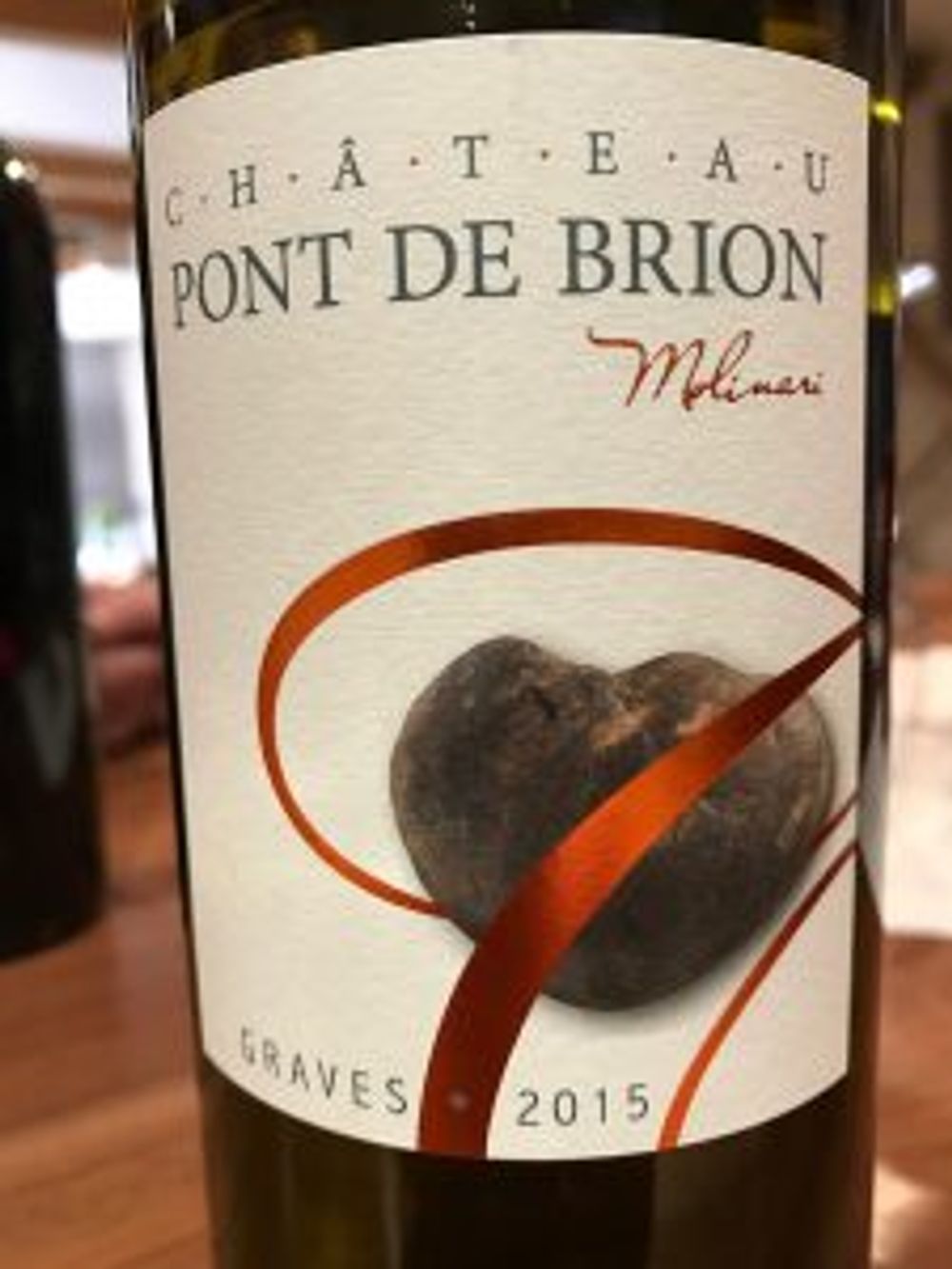
Molinari’s new label designs have already brought a more contemporary, marketing-savvy feel to the estate
Although there are many high profile women winemakers in Bordeaux at Angelus, La Conseillante, Lafon Rochet to name a few, there are many smaller and lesser known estates that now have the sexual bias rightfully adjusted.
Four of the six winemakers I visited on my trip were women. Not that surprising in the wide world but in Bordeaux it is – where traditionally women may have run wine estates but not be the actual winemaker. The same is true of French business generally where French industry is still so heavily biased in favour of men.
A lot of evidence of an increasing freshness in the wines
Molinari’s wines were totally contemporary and will be enjoyed by younger wine-lovers who have traditionally avoided Bordeaux and opted for wines that are harvested earlier, use whole-bunch press, have crunchier fruit and a lighter style.
Freshness is a wine characteristic that is much talked about by Bordeaux’s new generation of winemakers and is evident in the wines.
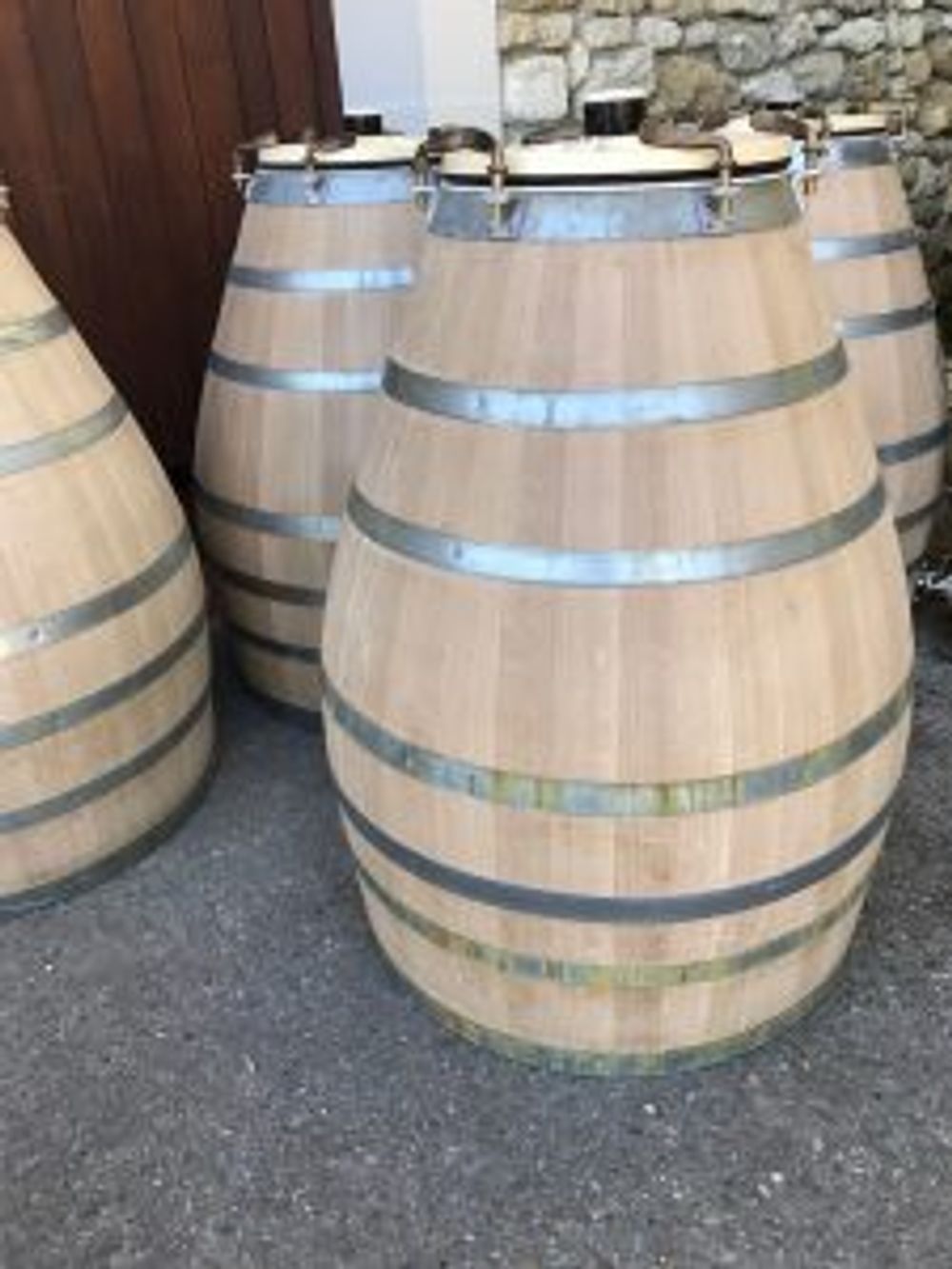
Is it an egg or a barrel? Château Dalem experimenting with freshness
Although, on the surface, Brigitte Rullier at Fronsac’s Château Dalem looked like the old guard, her wines were anything but – from a cask sample of the 2016 to a 2001, each of the vintages we tasted had terrific freshness to the wines. Rullier is clearly experimenting with all sorts as we spied egg-shaped barrels just about to be put into use, which she was going to use with the 2017 harvest.
Ditto Château Les Tourtes where the female winemaking duo Emanuele and Marie-Pierre Raguenot are making many wines with greater leanness and more subtle oaking, particularly noticeable with the whites. This was a trait that was noticeable in most of the whites I tried.
And talking of whites, dry white wines being made in traditionally sweet wine areas are on the increase, with Domaine de Chevalier buying up land in these areas. With the sales of stickies in a slump it’s undertstandable that there is diversification into and promotion of dry whites. I personally have always loved white Bordeaux, even though it is inexplicably hard to sell in the on-trade.
Vignobles Darriet has been making dry white wine in a number of appelations including Loupiac, Cadillac, Sauternes and Graves and for many generations.
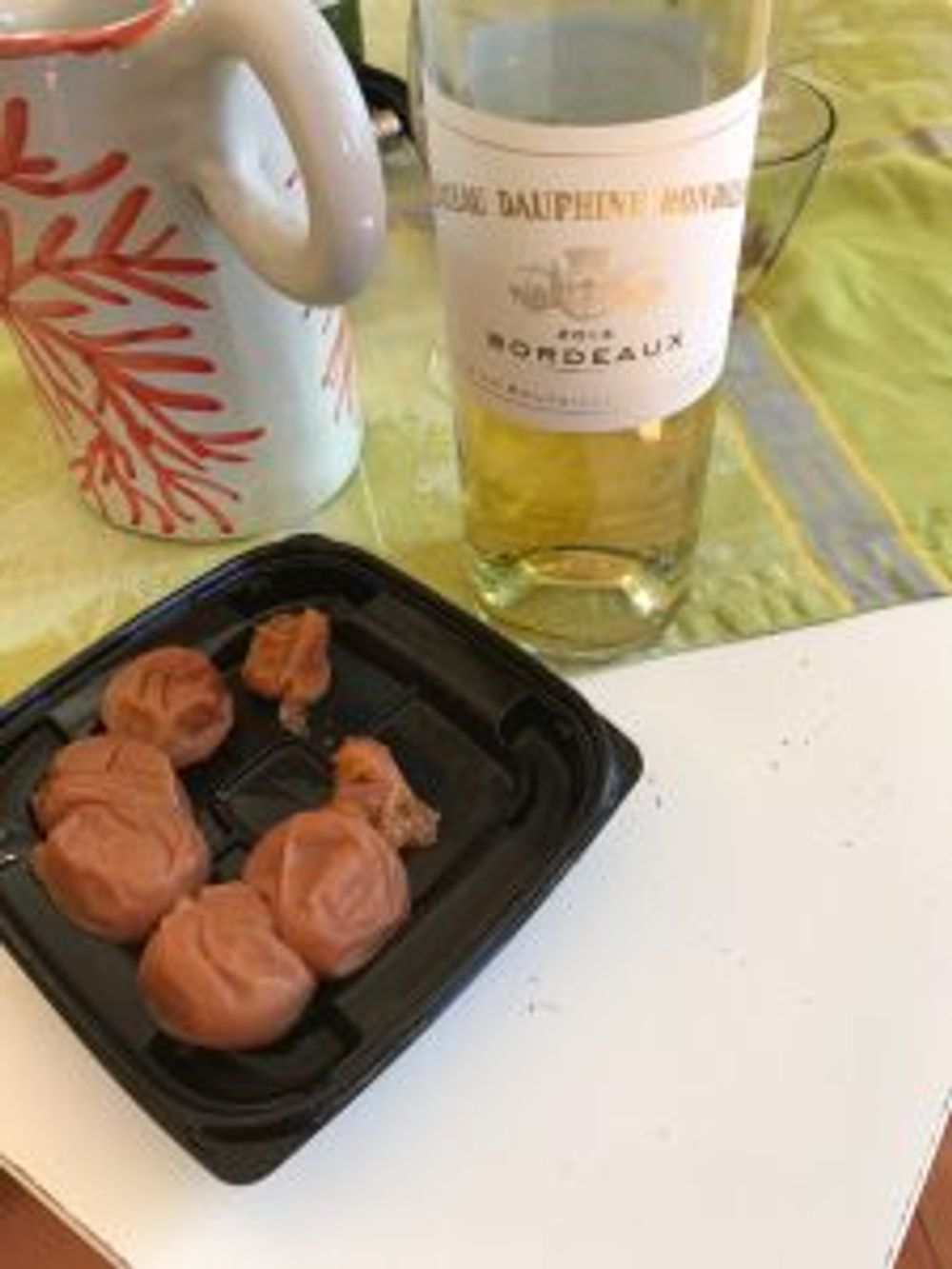
New style of food matching – Japanese salted plum with old vine Sémillon
Darriet’s delicious, crispy Sauvignon Blanc is Old World Sauvignon at its best and justifies being the best-selling by-the-glass white at Grainstore in London’s King’s Cross.
Darriet’s 100% Sémillon was also exciting as was the pairing we had with it – Japanese salty plum. Now that wouldn’t have happened 30 years ago.
And so back to the city itself
It is astonishing how much Bordeaux has changed in 30 years, even in just the past decade.
Pedestrians have taken over the streets, the city has reclaimed the docks from the negociants and a modern tram system operates, connecting a rejuvenated city centre with lively, cosmopolitan suburbs.
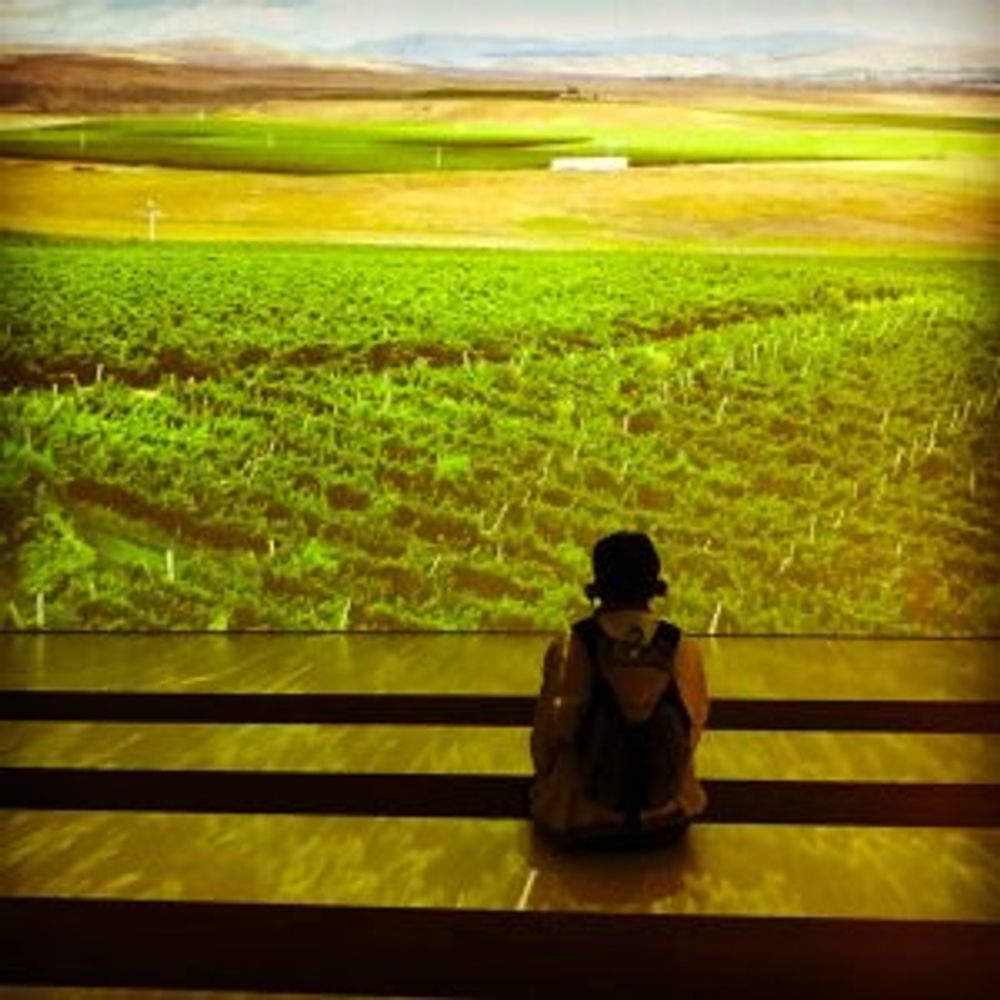
Bordeaux has realised it is increasingly important to educate a new generation about wine
You can’t move without falling over interesting places to eat and drink. Great wine bars and shops that are selling a wide range of interesting wine with many carrying long international lists.
The wine museum Cité du Vin trumpets its international perspective from the exhibits through to the wines on sale at the rooftop bar and wine store.
Locals are quick to credit the long and influential reign of mayor Alain Juppé, a former Prime Minister of France who helped the city reinvent itself across many fronts. Bordeaux is now a vibrant, cultural centre that is a destination for tourists the world over and not just for those in the wine trade heading to Vinexpo.
And Bordeaux’s new generation of winemakers are doing their bit to challenge the status quo and effect significant and exciting change.
